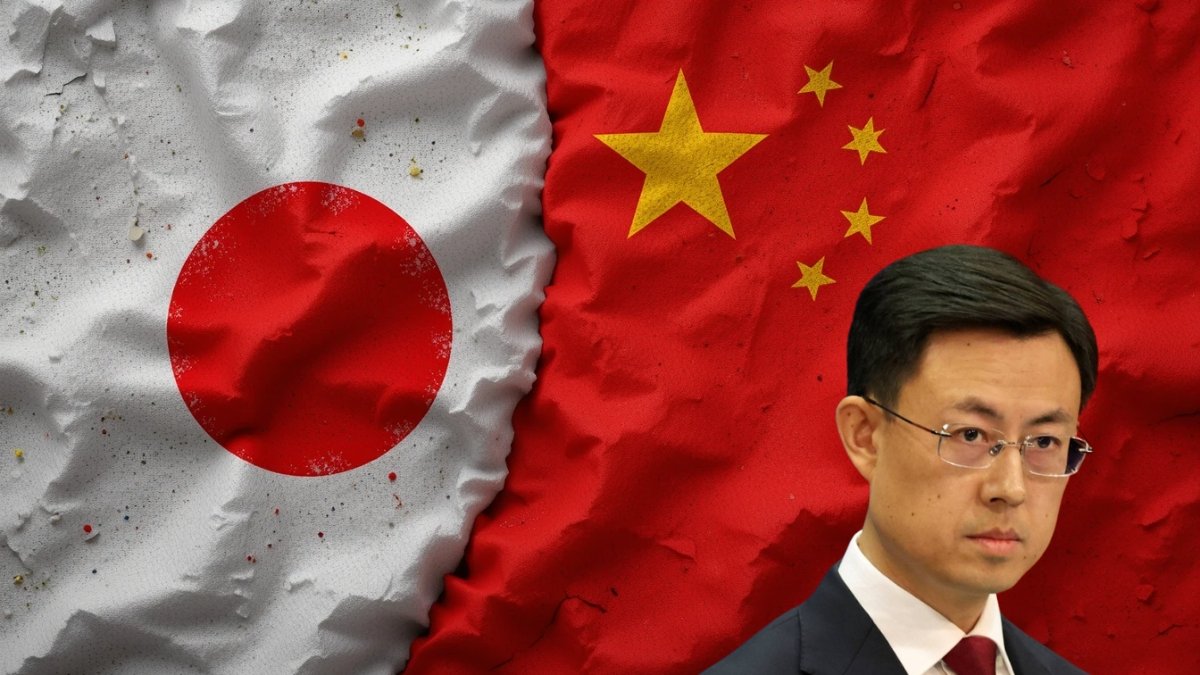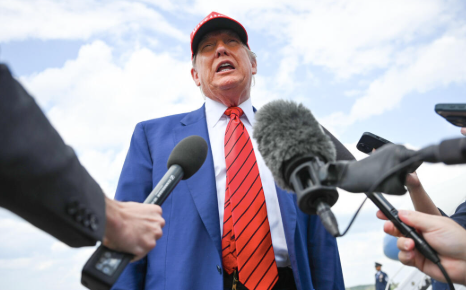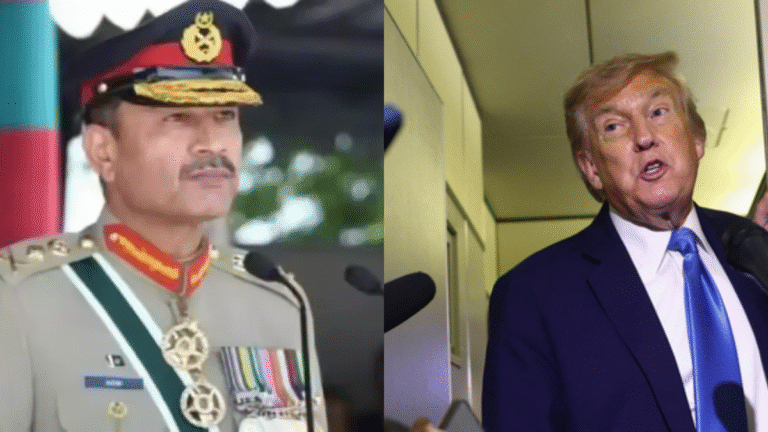
Spokesperson of Chinese Foreign Ministry, Guo Jiakun
February 12, China / Japan: Senkaku Islands: In a move that could ease tensions between Japan and China, Beijing has removed a contentious buoy that had been placed in Japan’s exclusive economic zone (EEZ) near the disputed Senkaku Islands, both nations confirmed. The removal comes ahead of a potential summit between Japanese and Chinese leaders later this year.
On Wednesday, Japan’s Chief Cabinet Secretary Yoshimasa Hayashi confirmed that the Japan Coast Guard had verified the buoy’s removal from Japan’s EEZ. “The buoy, which had been installed in July 2023 in the East China Sea, is no longer present in those waters,” Hayashi stated. However, he noted that the buoy had been relocated to a new site outside Japan’s EEZ.
China has previously placed multiple buoys near the Senkaku Islands, a territory administered by Japan but also claimed by China, which refers to them as the Diaoyu Islands. Tokyo has repeatedly lodged diplomatic protests, demanding their removal, viewing the buoys as part of Beijing’s broader strategy to assert its territorial claims in the region.
While this particular buoy has been taken down, Hayashi pointed out that another Chinese buoy, discovered in December inside Japan’s EEZ south of Yonaguni Island in Okinawa Prefecture, remains in place. Yonaguni is Japan’s westernmost island and is located just 110 kilometers from Taiwan, a key geopolitical flashpoint. “Japan will continue to demand the immediate removal of the remaining buoy at every possible opportunity,” Hayashi added, without elaborating on why China removed the other one.
On Tuesday, the Japan Coast Guard noted on its website that the buoy near the Senkakus had vanished, prompting the removal of a navigational warning previously issued for the area. The buoy’s disappearance was later confirmed by Chinese Foreign Ministry spokesperson Guo Jiakun, who stated that it had “completed its task at the site” and was removed as part of “voluntary and technical adjustments.”
Beijing has consistently maintained that the buoys serve scientific purposes, such as monitoring ocean currents and weather patterns. However, experts argue that the data collected, including water temperatures, could have military applications, particularly for China’s naval operations. By shifting the buoy to a location outside Japan’s EEZ, China may still be able to gather similar data while reducing diplomatic friction.
The removal of the buoy coincides with China’s efforts to improve relations with Japan while strategically driving a wedge between Tokyo and Washington. Beijing’s relations with the U.S. have become increasingly tense, especially following the recent re-election of former U.S. President Donald Trump.
In December, diplomatic ties between Japan and China saw a boost when Japanese Foreign Minister Takeshi Iwaya visited Beijing for high-level discussions. During the visit, both sides agreed to ease visa restrictions for Chinese nationals, and China reiterated its gradual approach toward lifting its ban on Japanese seafood imports. This ban had been imposed following Tokyo’s release of treated radioactive water from the Fukushima No. 1 nuclear power plant into the Pacific Ocean.
With the buoy removed, momentum for an anticipated summit between Japanese Prime Minister Shigeru Ishiba and Chinese President Xi Jinping appears to be growing. Reports suggest that a meeting could take place as early as May.
However, despite this diplomatic progress, tensions in the waters surrounding the Senkaku Islands remain high. The Japan Coast Guard reported that in 2023, Chinese Coast Guard vessels were spotted near the uninhabited islands for a record 353 days. On Wednesday, four Chinese government vessels briefly entered Japanese territorial waters around the Senkakus, underscoring the ongoing maritime standoff.
While China’s decision to remove the buoy may be a step toward easing tensions, the broader territorial dispute between the two nations remains unresolved.
For more updates subscribe to questiqa.com and questiqa.us




